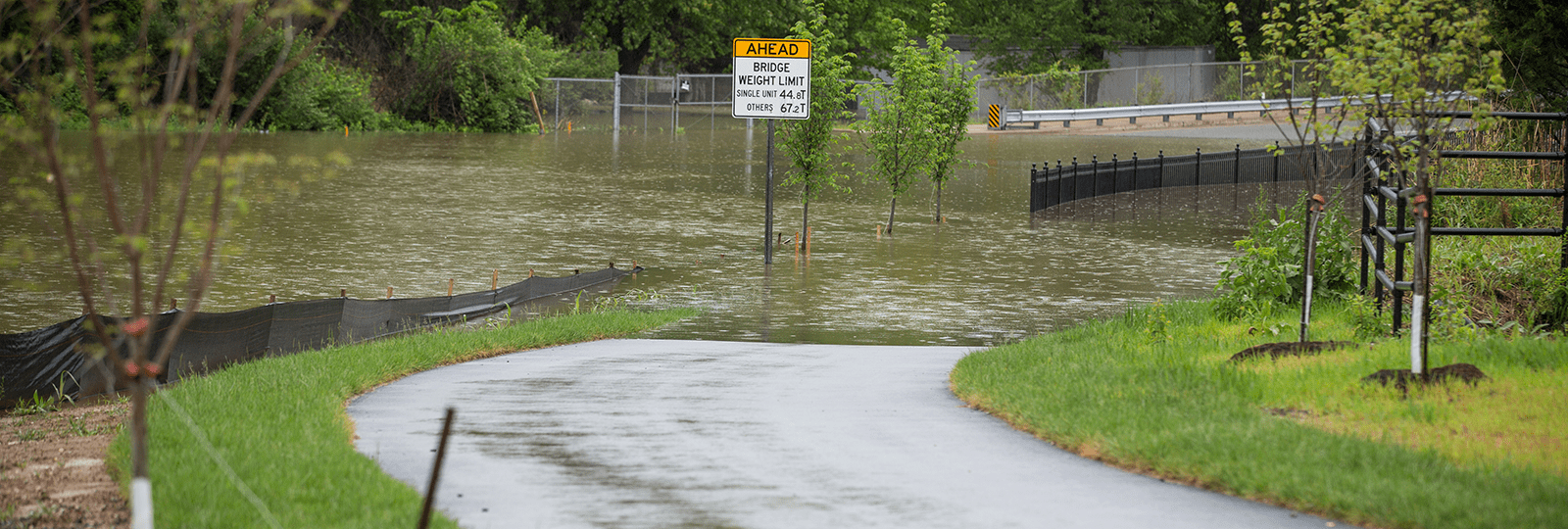We approach conservation with great sensitivity, as our goal is to improve the environment and create access for people.
Putting the Green in Greenway
Long-term sustainability of the greenway system is established through a design process that incorporates forward thinking. We view the greenway design process through the lens of environmental stewardship and seek out options that protect and restore native habitats and watersheds. Simple decisions like replacing turf with a native meadow can have huge impacts when applied throughout the network. To help guide work in this area, Environmental Design Guidelines have been incorporated into our overall Greenway Design Guidelines. These guidelines are utilized by design professionals in the development and layout of greenway trails and amenities and outline critical areas such as:

Stormwater Management
Heavy rains can have a detrimental impact on our region’s watersheds. The quantity of rain, and high speed runoff can result in increase erosion. This water can also pick up pollutants from nearby roads and parking lots, sweeping toxins and harmful chemicals into waterways. To address both the velocity and cleanliness of the water entering our rivers, creeks and streams, Great Rivers Greenway incorporates a variety of “Best Management Practices” into all of its construction projects. Some of these methods include:
- Amended Soils: a specialized mix of soils along the greenways that works like a sponge to absorb water that is then infiltrated, evaporated, and transpirated in turf areas
- Bio Retention Cells or Raingardens: a depressed area along a greenway that holds water, and then releases it slowly. Native plants absorb and clean water within the basins, and a mix or organic soils, sand and gravel filters water as it passes through.
- Permeable Pavement: often used in trailhead parking lots, this method uses porous asphalt, pervious concrete or permeable interlocking concrete pavement to allow stormwater to filter through the pavement instead of cascading off and creating additional runoff.
- Streambank Stabilization: depending on the situation, techniques can include the use of native plants, erosion control matting, geogrid fabrics and large rocks.

